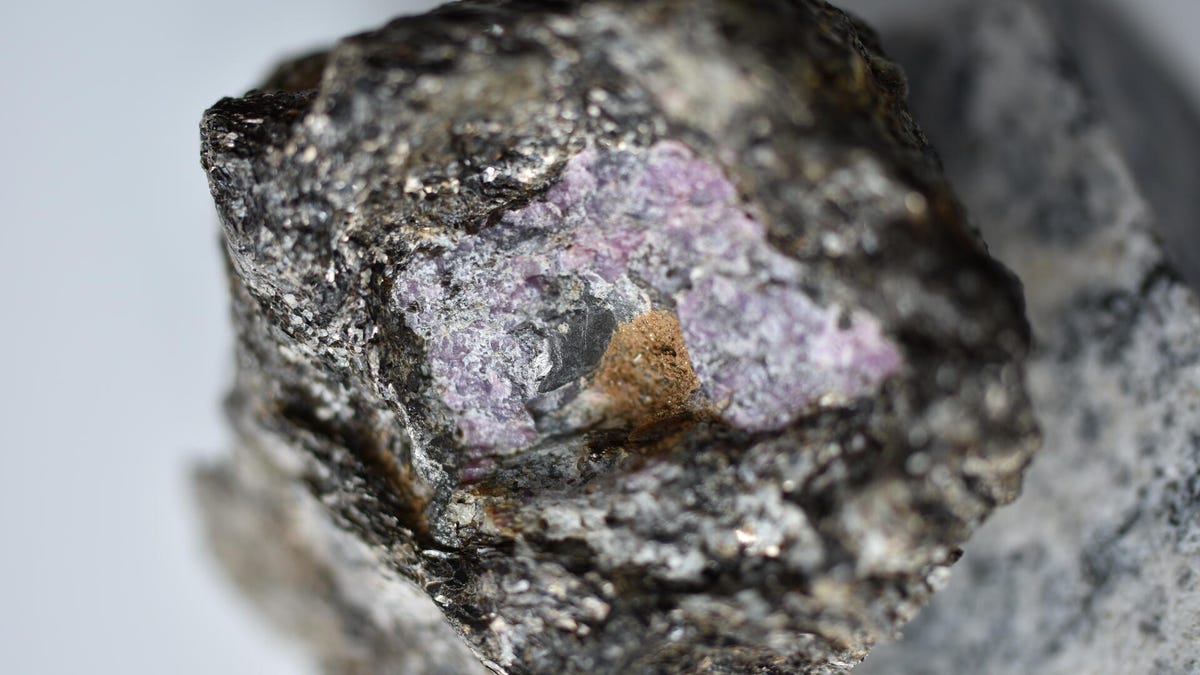Scientists discover residue of ancient life in 2.5 billion-year-old ruby
"It's the first time we've seen evidence of ancient life in ruby-bearing rocks," says the lead researcher.
An ancient ruby and a bit of a graphite, a mineral famous for its use in pencils, is revealing a story of life on Earth billions of years ago. It's a tale that ties together the weight of carbon atoms and a time in our planet's history when life was made up of microorganisms.
A research team led by geologist Chris Yakymchuk of the University of Waterloo in Canada studied a 2.5 billion-year-old ruby from Greenland that contained graphite, a form of pure carbon. "The graphite inside this ruby is really unique. It's the first time we've seen evidence of ancient life in ruby-bearing rocks," said Yakymchuk in a statement Thursday.
The team published a study on the ruby in the journal Ore Geology Reviews. It took some sleuthing to go from the discovery of the graphite to determining it was likely formed from microorganisms.
Not all carbon atoms are the same; some are heavier than others. "Living matter preferentially consists of the lighter carbon atoms because they take less energy to incorporate into cells," said Yakymchuk. "Based on the increased amount of carbon-12 in this graphite, we concluded that the carbon atoms were once ancient life, most likely dead microorganisms such as cyanobacteria."
The research team drew connections between the graphite and the formation of the ruby, suggesting the graphite made conditions favorable for the ruby to grow. So we can thank those ancient microorganisms for their contribution to the gemstone record, and for the fascinating peek into the distant past of life on Earth.


